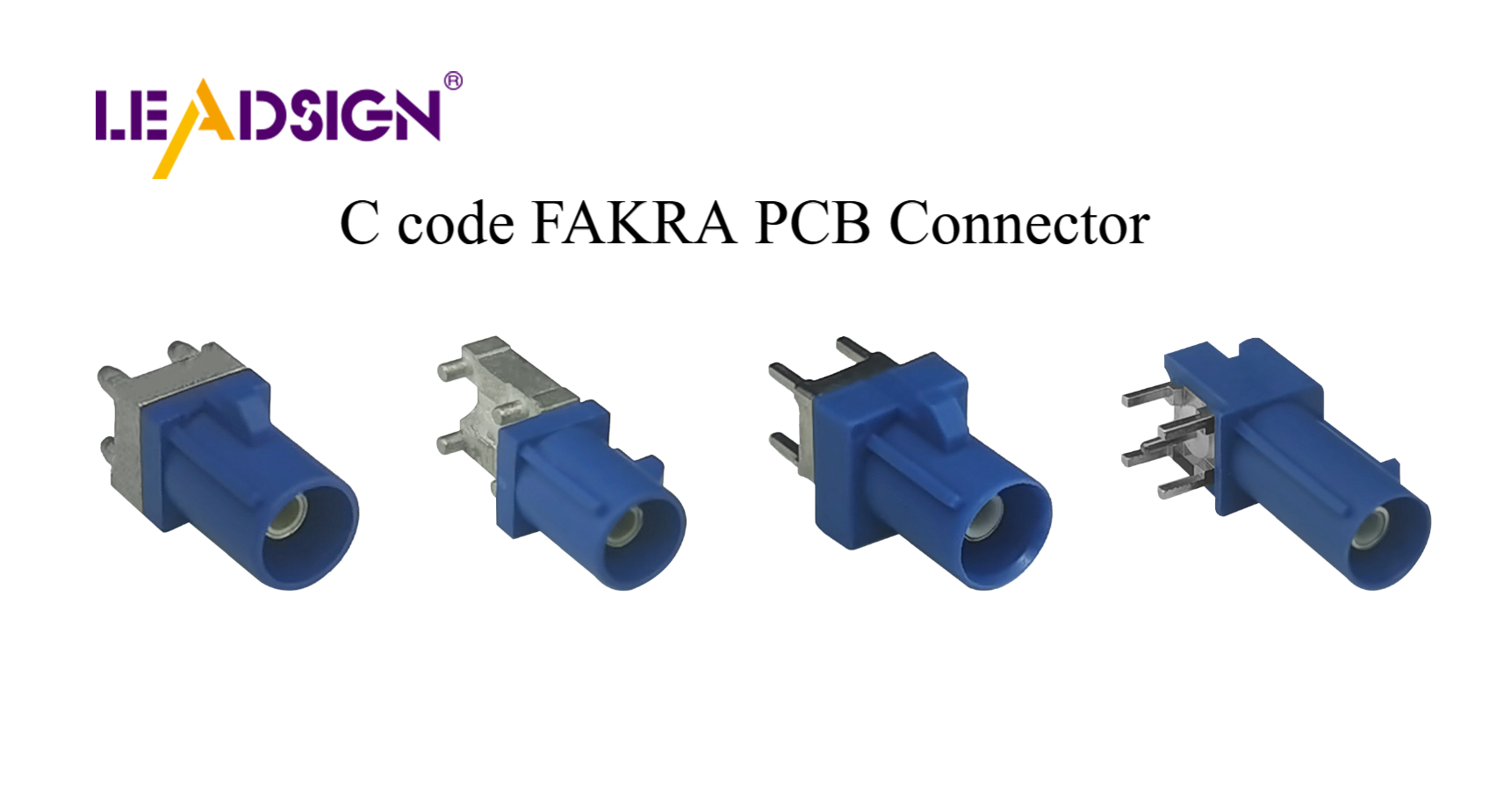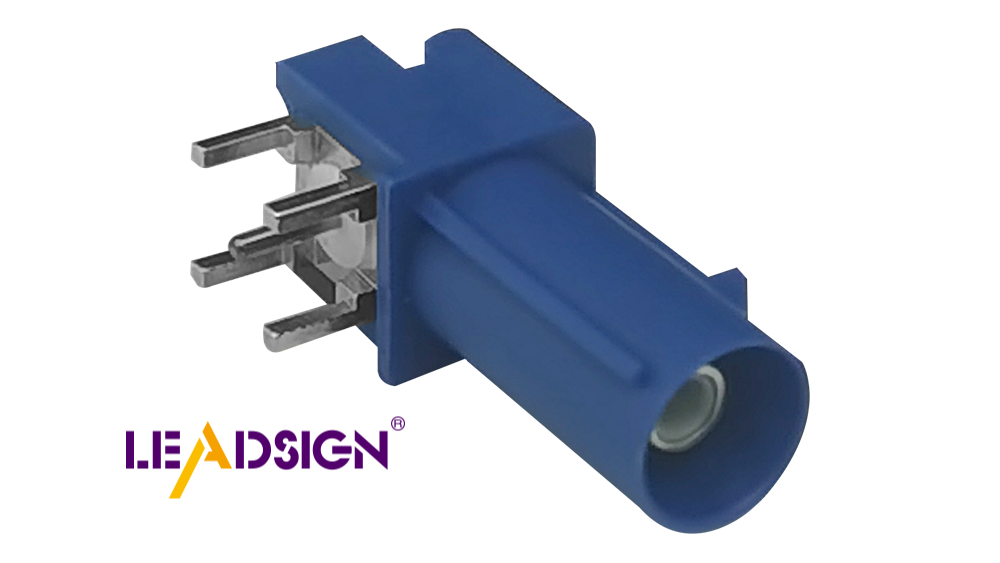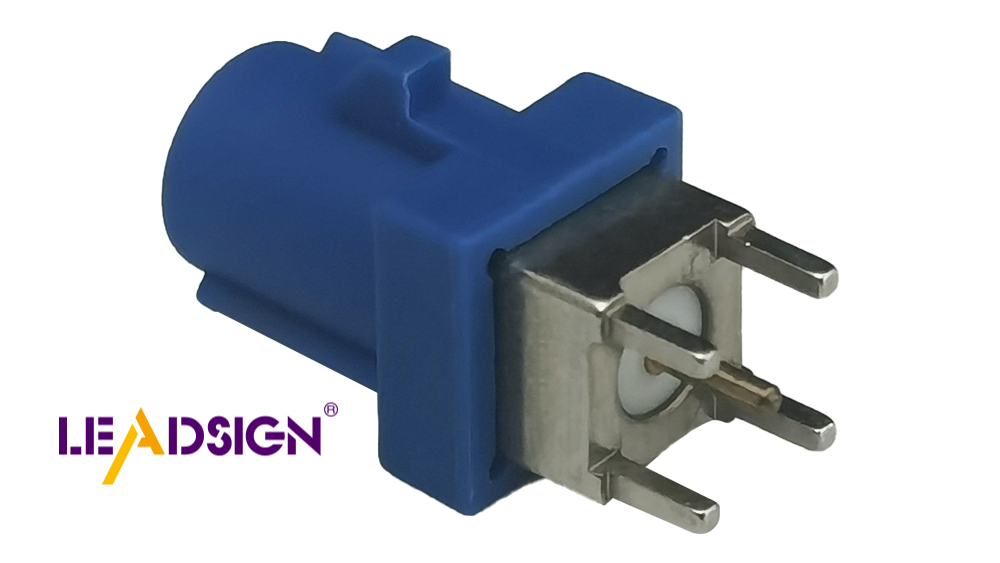Revolutionizing Cars with Automotive Networking Basics

Automotive networking is the main system in modern cars. It helps different parts of the car communicate with each other. This system ensures that data moves smoothly, allowing brakes, sensors, and screens to work together seamlessly. Connected cars are now common and utilize this technology, making driving safer, easier, and more efficient. New innovations like car-to-road systems are making roads smarter and also play a role in accident prevention. Automotive networking is transforming cars and shaping the future of how we travel.
Key Takeaways
Automotive networking is essential for modern cars, enabling seamless communication between components like brakes, sensors, and displays, which enhances safety and efficiency.
Key components such as Electronic Control Units (ECUs), sensors, and communication protocols (like CAN and Ethernet) work together to ensure quick and reliable data exchange.
Advanced Driver Assistance Systems (ADAS) leverage automotive networking to improve safety by providing features like collision avoidance and emergency braking.
In-car connectivity features, including Wi-Fi and smartphone integration, enhance the driving experience by providing entertainment and real-time navigation updates.
Predictive maintenance and remote software updates help keep cars running smoothly, allowing for early detection of issues and timely fixes without needing a mechanic visit.
While automotive networking offers significant benefits, challenges such as cybersecurity risks and high development costs must be addressed to ensure safe and reliable vehicle operation.
The future of automotive networking looks promising with advancements in self-driving technology and smart road systems, aiming to make travel safer and more efficient.
Basics of Automotive Networking

What is Automotive Networking?
Automotive networking is a system that helps car parts talk. It makes sure data moves quickly and smoothly between car systems. This allows brakes, sensors, and screens to work together well. Without this system, modern cars wouldn't be as safe or efficient. It also powers advanced features like self-driving and driver assistance.
Key Components of In-Vehicle Networking
In-vehicle networking uses important parts to help systems connect. These parts work together to keep the car running smoothly.
Electronic Control Units (ECUs)
Electronic Control Units (ECUs) are like the car's brain. They control things like the engine, brakes, and safety features. ECUs send and receive messages using CAN protocols. This helps the car's systems work safely and quickly. For example, when you press the brake, the ECU makes sure the brakes work right away.
Sensors and Actuators
Sensors gather information like speed or distance from objects. Actuators use this data to make things happen, like adjusting fuel or opening airbags. Together, they help the car react to the world around it.
Communication Protocols (e.g., CAN, LIN, Ethernet)
Communication protocols are like languages for car systems. CAN is used for important tasks like braking. LIN handles simpler jobs like moving mirrors. Automotive Ethernet is fast and supports features like maps and self-driving.
How In-Vehicle Networking Works
In-vehicle networking helps all car parts work together. Here's how it works:
Data Exchange Between Components
Car systems share data to work properly. For example, when you speed up, sensors tell the ECU to adjust the engine. When using GPS, the system talks to antennas to show directions. This teamwork keeps the car running well.
Role of Communication Protocols in Seamless Operation
Communication protocols make sure data moves correctly and on time. Automotive Ethernet is fast and helps with things like traffic updates. These protocols also focus on safety by sending important signals, like crash alerts, first.
Applications of Automotive Networking

Making Driving Safer
Advanced Driver Assistance Systems (ADAS)
Automotive networking helps make driving much safer. One big improvement is the advanced driver assistance system. These systems use cameras and sensors to watch around your car. They warn you about dangers like cars or people nearby. Automotive Ethernet makes sure these systems work fast and smoothly. This technology helps you stay alert and avoid crashes.
Avoiding Collisions and Emergency Braking
Collision systems use automotive networking to spot obstacles and act quickly. Sensors check how far and fast objects are near your car. The system uses this data to brake if needed. This quick action can stop accidents and save lives. Modern networking lets cars react faster than ever for better safety.
Staying Connected and Entertained
In-Car Wi-Fi and Phone Features
Automotive networking keeps you connected while driving. In-car Wi-Fi lets you use the internet on the go. You can stream music, check maps, or connect devices. Smartphone features make it even better. You can control music, make calls, or send texts using your phone. These tools make driving easier and more fun.
Navigation and Traffic Updates
Cars use automotive networking for navigation and traffic updates. GPS works with satellites to guide you to places. Traffic updates help you avoid busy roads and save time. This smooth data sharing gives you the best routes. Automotive Ethernet makes this possible with fast data transfer, making trips easier.
Helping Self-Driving Cars
Sensors and Decision Systems Working Together
Self-driving cars depend on automotive networking. Sensors collect data about roads and nearby cars. This data goes to systems that decide what to do next. For example, if someone crosses the road, the car decides to stop. Fast communication ensures these choices are made safely and quickly.
Powering Self-Driving Features
Automotive networking is key for self-driving cars. It connects cameras, sensors, and control units in the car. This lets the car drive, change lanes, and park by itself. High-speed networks like Automotive Ethernet handle large amounts of data. This makes self-driving cars work safely and efficiently, leading to a future with less need for drivers.
Maintenance and Diagnostics
Remote Software Updates
Modern cars use smart systems to stay updated and work well. Remote updates let you fix your car's software without going to a mechanic. These updates make your car better, fix problems, and add cool features. For example, if your GPS needs fixing, the update is sent straight to your car. This saves time and keeps your car running smoothly.
Remote updates also make driving safer. Car makers can quickly fix important systems like brakes or steering. This fast action lowers risks and keeps you safe while driving. With more connected cars, remote updates are now very important for keeping cars in good shape.
Fault Detection and Predictive Maintenance
Car networks help find and stop problems before they happen. Sensors in your car check things like the engine and tires. If something is wrong, the system warns you right away. This helps you fix small issues before they get worse.
Predictive maintenance goes even further. It studies your car's data to guess when parts might break. For example, it can tell you when to fix your brakes or change your battery. This smart system stops surprises and keeps your car working well.
These new tools save you money and make driving better. They keep your car safe and reliable, so you can drive without worry.
Benefits and Challenges of Automotive Networking
Key Benefits
Better Safety and Fewer Accidents
Automotive networking makes cars much safer. It helps sensors, cameras, and ECUs share data quickly. This fast sharing allows features like emergency braking to work well. For example, if a sensor spots danger, the brakes act fast. This quick action prevents crashes and saves lives. Networking also supports advanced vehicle features like lane-keeping, helping you stay in your lane.
Easier Driving and More Fun
Networking makes driving easier and more enjoyable. It connects systems like music, maps, and phones smoothly. In-car Wi-Fi and live traffic updates keep you informed and entertained. Parking is simpler with advanced help systems. These features make driving less stressful and more fun.
Better Car Performance and Efficiency
Automotive networking helps your car work better. It ensures parts like the engine and fuel system work together. This teamwork saves energy and improves performance. Predictive maintenance finds problems early, saving money on repairs. Fixing issues early keeps your car running well.
Major Challenges
Cybersecurity and Privacy Problems
Connected cars face risks from hackers. Automotive networking uses data sharing, which can be attacked. Hackers might steal data or mess with car systems. To stop this, companies use strong security like encryption. But staying safe from hackers is always a challenge.
Hard to Build and Fix
Adding networking to cars is tricky. Every part must work perfectly with others. This needs careful design and testing. Fixing these systems is also hard. Mechanics need special skills and tools. Tools like AR now help by showing step-by-step repair guides.
High Costs to Develop
Making and adding networking systems costs a lot. Companies spend money on research and testing for safety. These costs can make cars more expensive. Still, the benefits of safer and better cars make it worth the price for drivers and makers.
Car networking has changed how cars work and connect. It makes driving safer with systems like quick braking and lane-keeping. It also keeps you connected with in-car Wi-Fi and live maps. Cars save energy and need fewer repairs as parts work together well. The future looks even better. Self-driving cars and smart roads will use 5G and AI to improve. These new technologies will make travel safer, smarter, and easier for everyone.
FAQ
What is automotive networking, and why is it important?
Automotive networking is how car parts share information. It helps systems like safety features, maps, and entertainment work together. This technology makes cars safer, better performing, and more efficient.
How does automotive Ethernet differ from traditional protocols like CAN or LIN?
Automotive Ethernet is faster and handles more data than CAN or LIN. CAN and LIN do smaller tasks like braking or moving mirrors. Ethernet supports big tasks like live traffic updates and self-driving. It’s great for modern cars.
What are the benefits of over-the-air (OTA) updates in cars?
OTA updates let you fix car software without visiting a shop. They improve performance, fix problems, and add new features. For example, your GPS can get updated directly, saving time and keeping your car current.
How does automotive networking enhance vehicle safety?
Automotive networking helps sensors, cameras, and controls talk quickly. This powers safety tools like emergency braking and lane-keeping. These systems work together to stop accidents and keep you safe.
What role does 5G technology play in automotive networking?
5G makes car networking faster and smoother. It lets cars and roads share data instantly. For example, 5G helps cars get traffic updates or accident alerts, making driving safer and easier.
Can automotive networking support self-driving cars?
Yes, self-driving cars need automotive networking to work. It connects sensors, cameras, and decision systems. High-speed networks like Ethernet handle big data, helping cars drive safely on their own.
How does predictive maintenance work in modern vehicles?
Predictive maintenance uses sensors to check your car’s health. It warns you about problems before they happen. For example, it can tell you when to fix brakes or replace a battery, saving money and avoiding breakdowns.
What are the challenges of implementing automotive networking?
Challenges include hacking risks, high costs, and complex systems. Cars need strong security to block hackers. Building and fixing these systems takes special skills and tools, which can cost more.
How does vehicular communication improve traffic management?
Cars and roads share data to manage traffic better. This reduces jams and improves safety. For example, cars can get alerts about accidents or busy roads, helping you find faster routes.
What advancements can we expect in automotive networking?
Future improvements include smarter AI, better 5G, and precise data sharing. These will help self-driving cars, smarter traffic systems, and faster, safer travel for everyone.
See Also
Transforming Car Connectivity: Benefits of HFM Connectors
Improving HSD Systems in Vehicles Through USB Links
Maximizing Data Transfer in Vehicles: Advanced Connectors
Boosting Data Transfer: Significance of High-Speed Connectors

